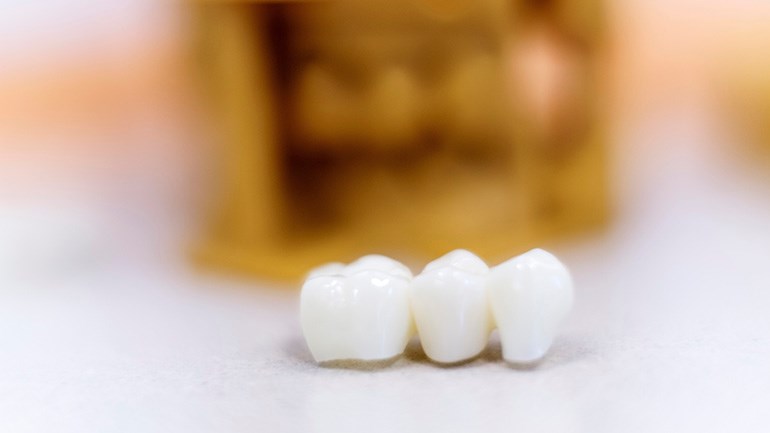We use cookies on this website. Cookies help us deliver the best experience on our website. Read about cookies.
-
- Education
- Education
- Programmes and courses
- Applications and admissions
- Tuition fees
- Scholarships
- Exchange studies at Malmö University
- Study Guidance
-
- After admission
- After admission
- Moving to Malmö
- Pre-orientation
- Arrival guide
-
- About studies at Malmö University
- About studies at Malmö University
- Why choose Malmö University
- Understanding university studies
- Connect with our students
On the page -
- Research
- Research
-
- Doctoral studies
- Doctoral studies
- Doctoral courses
-
- Doctoral schools
- Doctoral schools
- Adaptation of urban space through sustainable regeneration
- ComBine
- Culturally Empowering Education through Language and Literature
- Education, Learning and Globalisation
- Finding ways in a time of great future challenges (FinnFram)
- Swedish National Graduate School in Science and Technology Education Research
- Learning in Multicultural Societal Contexts
- Pedagogy and Vocational Skills
- Relevancing Mathematics and Science Education (RelMaS)
- Sustainable Movement Education
- The National Research School for Professionals in Social Services
- Research subjects
-
- Research centres
- Research centres
- Biofilms Research Centre for Biointerfaces
- Citizen Health
- Imagining and Co-Creating Futures
- Institute for Urban Research
- Malmö Institute for Migration Studies
- Literacy and Inclusive Teaching
- Centre for Work Life Studies
- Sustainable Digitalisation Research Centre
- Centre for Sexology and Sexuality Studies
-
- Research publications
- Research publications
- Search for research publications in Diva
- Malmö University Press
- Research events
- Participate in a research study
- Coffee Break Quiz
On the page -
- Collaboration and Innovation
- Collaboration and Innovation
- Innovation
- Collaboration with students
-
- Collaborate with researchers
- Collaborate with researchers
- Labs and facilities
- Culture collaboration
- Support Malmö University
- Alumni & Friends
On the page -
- About us
- About us
-
- Faculties and departments
- Faculties and departments
-
- Faculty of Culture and Society
- Faculty of Culture and Society
- Department of Global Political Studies
- School of Arts and Communication
- Department of Urban Studies
-
- Faculty of Education and Society
- Faculty of Education and Society
- Department of Childhood, Education and Society
- Department of Sports Sciences
- Department of Culture, Languages and Media
- Department of Natural Science, Mathematics and Society
- Department of Society, Culture and Identity
- Department of School Development and Leadership
-
- Faculty of Technology and Society
- Faculty of Technology and Society
- Department of Computer Science and Media Technology
- Department of Materials Science and Applied Mathematics
-
- Faculty of Odontology
- Faculty of Odontology
- Master's programmes in Dental Science
- University Dental Clinic
-
- Find and contact Malmö University
- Find and contact Malmö University
- Visit Malmö University
-
- News and press
- News and press
- Graphic manual
- Map of the buildings (Google Maps)
- Merchandise
- Supplier information and invoice management
- Whistleblowing
- Management and decision-making paths
-
- Malmö University's strategy 2030
- Malmö University's strategy 2030
- Global engagement
- Sustainability
- Widened recruitment and participation
- Quality assurance work at the University
-
- Malmö Academic Choir and Orchestra
- Malmö Academic Choir and Orchestra
- Student work – video pieces
-
- Annual Academic Celebration
- Annual Academic Celebration
- Academic traditions
- Meet our new professors
- Meet our new doctors
- Honorary doctors
- The University in a troubled world
On the page
The key for longer lasting dental crowns

As it stands, ceramic materials are mainly used to repair damaged teeth, but what factors determine the loAngevity and potential loosening of dental restorations? This is one of the questions investigated in a new thesis.
“Every tooth replacement that comes loose must be repaired, which is both costly and time-consuming,” says Minh Le, a PhD student at Malmö University.
We generally see that you can get a very good result if enough time is allocated to this type of treatment.
Minh Le
Zirconia is currently one of the most popular materials for dental restorations; it is strong, more tissue-friendly than metal, and resembles natural teeth.
Clinical studies show this material is durable and that patients are generally satisfied. Of the complications that occur, one of the most common is the loosening of the dental restoration. In his thesis, Le has evaluated various factors that can affect the adhesion of the material to the tooth, and how the risk of crown loosening can be reduced.
“This may involve the type of cement used, but also how the pre-treatment is done. In one of the studies, the results show that adhesion to the tooth is improved if the surface of the zirconia is sandblasted before cementation,” says Le.
The thesis consists of four sub-studies; one of the main conclusions is that dental crowns made of zirconia last well over time, provided that the preparatory work is well done and the manufacturer's instructions for handling materials and cement are followed.
“We have seen dental crowns have a very good survival rate, regardless of the type of cement used. According to the systematic review and meta-analysis we did, 99 per cent had a survival rate of at least three years.
In one of the sub-studies, a three-year follow-up was conducted of a clinical study in southern Sweden, where general dentists from three private clinics and the university clinic in Malmö performed the treatments. The results confirm previous findings – complications were few, patients were satisfied with the quality and the crowns have so far lasted more than three years.
“We generally see that you can get a very good result if enough time is allocated to this type of treatment,” adds Le.
- Study 1 is a laboratory study where surface treatments on different types of zirconia materials were evaluated. The results showed that air blasting with aluminium particles resulted in an increased bond strength between zirconia and cement, compared to other methods.
- Study 2 is a systematic review and meta-analysis to analyse how the type of cement affects the survival of tooth-supported zirconia crowns. The meta-analysis shows an excellent survival of at least three years, regardless of the type of cement used.
- Study 3 is a three-year follow-up of a randomised clinical trial in which general dentists performed three types of ceramic crowns on molars. The results showed that there were few complications and that both dentists and patients were satisfied with the crowns.
- Study 4 is an experimental laboratory study in which products from two different cement systems were combined to evaluate the bond strength between zirconia and the tooth. The study showed that it is important to use products from the same cement system to achieve a reliable result.
Share Article
